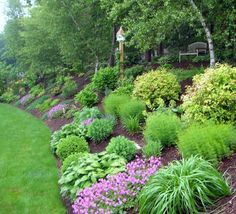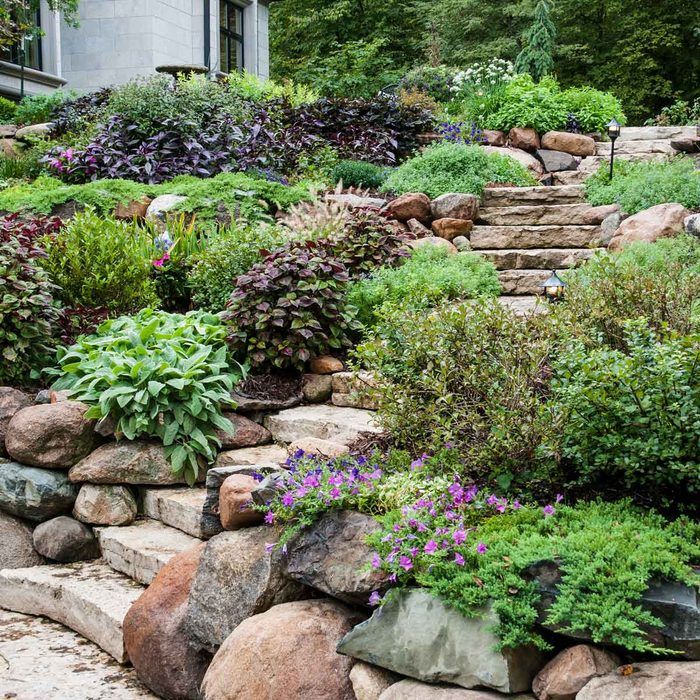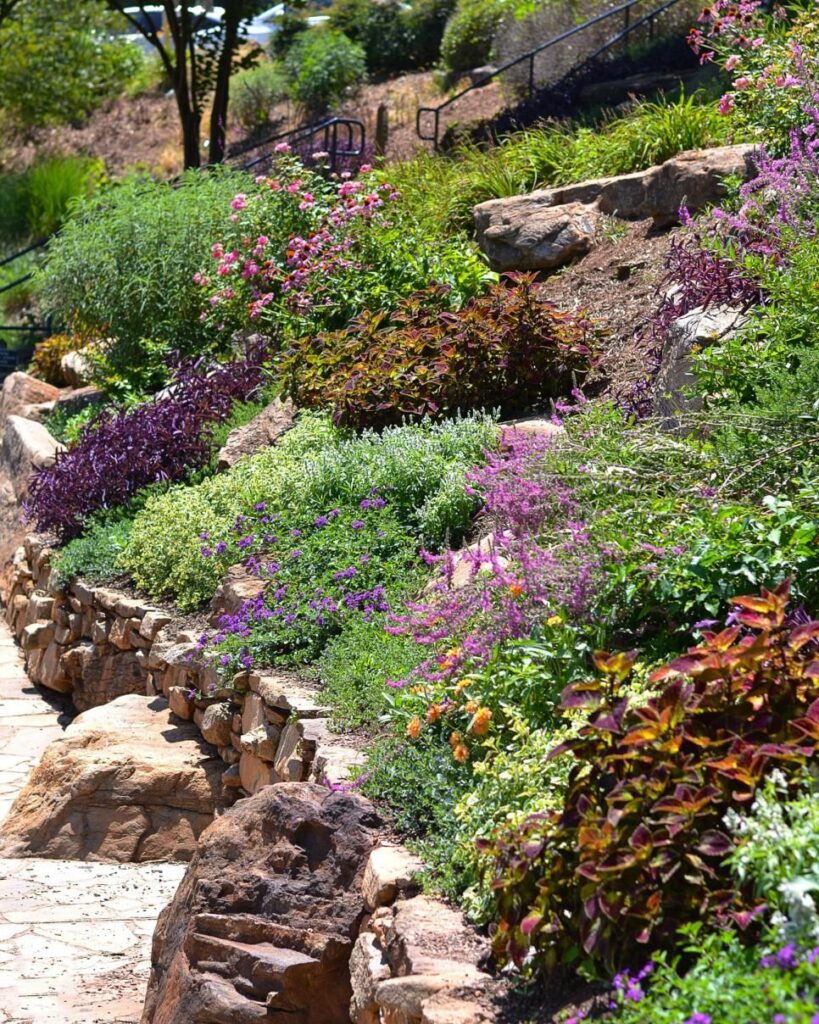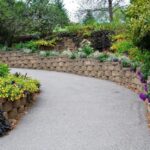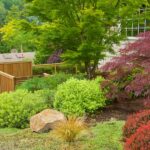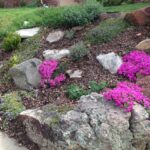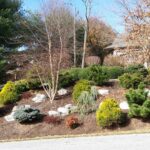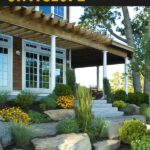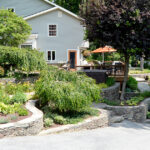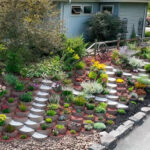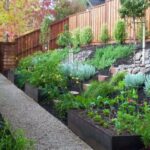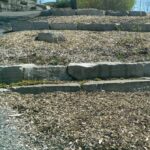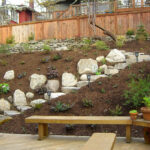The Challenge of a Hill . . .” alt=”Landscaping Ideas > The Challenge of a Hill . . .” > Landscaping on a slope can present unique challenges and opportunities for homeowners looking to create a beautiful outdoor space. Proper planning and design are key in maximizing the potential of a sloped terrain.
One of the first steps in landscaping on a slope is to assess the topography of the land. Understanding the degree of slope and the direction of water runoff can help in determining how to best utilize the space. It is important to consider erosion control measures such as retaining walls, terracing, or planting ground cover to prevent soil erosion.
When designing a landscape on a slope, incorporating plants and features that are suited to the specific conditions of the site is crucial. Plants that are native to the region and can thrive in sloped terrain will not only add beauty to the landscape but also help in stabilizing the soil. Additionally, incorporating varying heights of plants and structures can create visual interest and help in preventing soil erosion.
The placement of pathways, stairs, and other hardscape elements is also important in landscaping on a slope. Ensuring proper drainage and stability of these features is essential to prevent accidents and maintain the integrity of the landscape. Using materials such as gravel, wood, or stone that are durable and can withstand the challenges of a sloped terrain is recommended.
Incorporating water features such as ponds or streams can help in creating a tranquil and visually appealing landscape on a slope. Properly designed water features can also help in managing water runoff and preventing erosion. Adding lighting fixtures can also enhance the ambiance of the landscape and make it functional and safe to use at night.
Maintaining a landscape on a slope requires regular upkeep and monitoring to ensure the health and stability of the plants and structures. Regular watering, pruning, and weeding are necessary to keep the landscape looking its best. It is also important to inspect and repair any erosion control measures or hardscape elements as needed to prevent any potential hazards.
